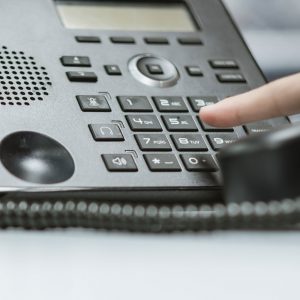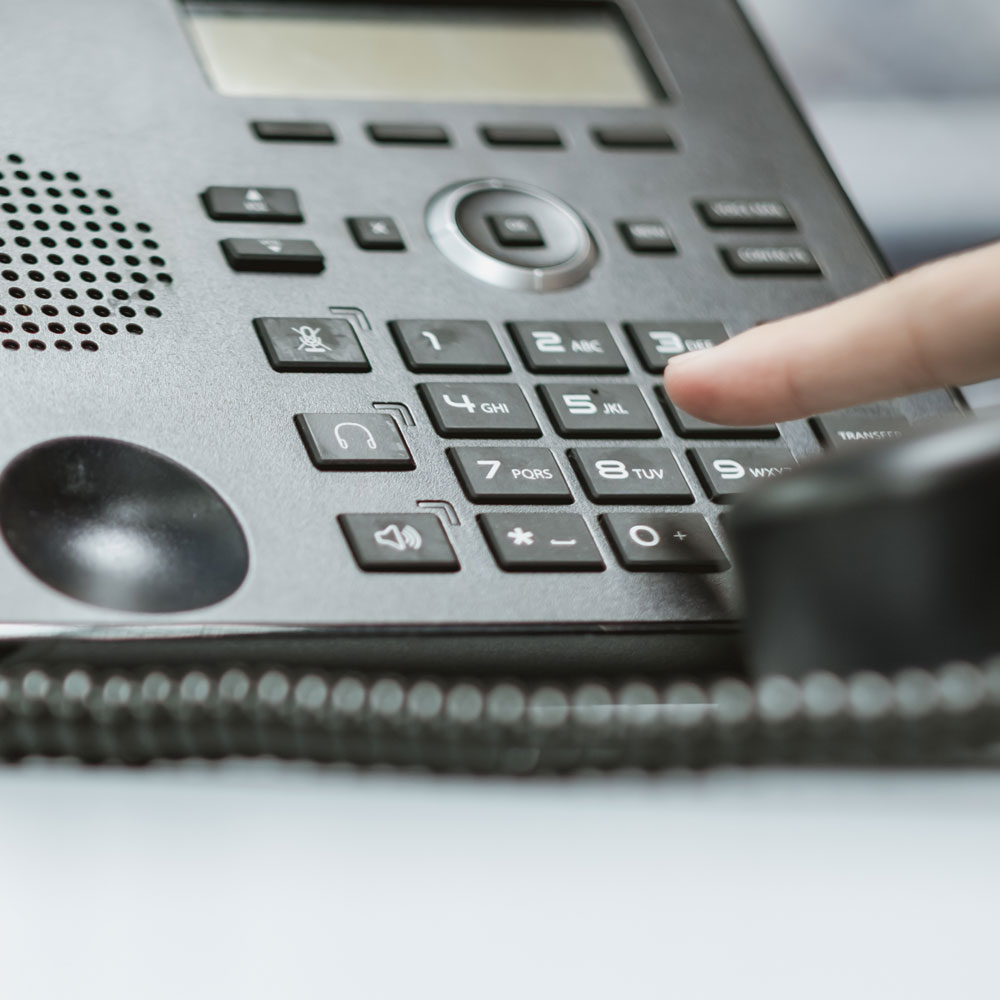What is the PSTN Switch-Off, What Does it Mean for Your School and What Action Will You Need to Take?
When Will This Take Place?
The Public Switched Telephone Network (PSTN) switch–off is part of a decade long programme to upgrade old copper networks to full fibre. PSTN and ISDN networks are already at end of life in some exchanges, and all will be switched off by BT Openreach at some point throughout 2024, 2025 and 2026. All will be switched off by January 2027. That means everyone, including schools, whose services run over PSTN and ISDN lines, will lose the ability to make and receive calls, unless they switch to a VoIP-based, digital phone or temporary alternative service.
Speak to us for more information. 01133 222 333 (Option 3).
The decommissioning of the PSTN network is well underway and millions of people have already switched to the more modern replacement VoIP phone service. There are however millions more yet to switch, so it’s important you act now and don’t leave it until the 11th hour when providers will be exceptionally busy.
It’s also worth noting that BT Openreach say as fewer customers use the copper network and more people migrate to FTTP and VoIP services, the costs of running the old networks will unavoidably increase. These costs will inevitably be passed on to customers; another good incentive to switch to VoIP as soon as possible.

What is VoIP and can you switch to any VoIP service?
 VoIP stands for Voice over Internet Protocol, where calls travel digitally across your Internet connection. Because of this, there is no-longer any line rental to pay for, call costs are significantly reduced and savings of up to 70% can often be achieved.
VoIP stands for Voice over Internet Protocol, where calls travel digitally across your Internet connection. Because of this, there is no-longer any line rental to pay for, call costs are significantly reduced and savings of up to 70% can often be achieved.
VoIP based phones also provide a better-quality service and offer a richer set of additional features not traditionally associated with your typical landline phone. In fact, now is a good time to consider how your school uses its phone system and what improvements you would like to make. Think carefully about which VoIP service you switch to. Some services like “My School Phone” from Schools Broadband have been specifically designed for schools and come with a myriad of additional features which can improve operational efficiencies at no extra cost.
Centralised reception calls for multiple sites, free site-to-site calls and mobile and App integration are just a few school-specific features. Some of the latest digital VoIP phone services also include safeguarding features especially designed for school environments. The new “Security Alert” from Schools Broadband helps safeguard children and young people in emergency situations, plus there are services such as “Paging Alerts” and “Dedicated Student Welfare Lines” to name but a few of the safeguarding features the Schools Broadband VoIP phone service, My School Phone, includes as standard.
Important Checks. Find Out What Other Services Rely on Your Phone Line
Whilst switching to VoIP will reduce school phone costs and improve services for everyone, there are a few important checks you will need to make before switching. Some door entry systems, alarms, emergency lines and payment terminals for example could possibly be using your old PSTN or ISDN lines. These are known as special or sometimes critical services. Switching to VoIP may affect your special services so ensure you check everything in your school that is currently running off your PSTN and ISDN lines. Speak to your provider about solutions to upgrade your special services to a digital, IP equivalent.
How to Find Out if Your School Phone Needs Changing to a VoIP Phone Service
To assess whether you need to change your phone to a VoIP service, below are a few diagnostics you will need to make.
It is possible your phone line is itemised on your bill. Look out for the “Line Rental” item. This should have information on the type of phone line your school has.
You can also do a physical check on your existing phone. You will need to ensure you do this with a phone you know works and is plugged in. Follow the wire from your phone (not the power cable) to the wall socket and look for a device or box between your phone wire and the wall socket.
If there is NO DEVICE and the wire goes straight into the wall socket, your phone system uses an Analogue Line and your system needs changing. You will need to switch to VoIP. Contact us for more advice or call 01133 222 333 (Option 3).
If there IS A DEVICE when you follow the wire to the wall, it might be you have ISDN lines. If the device is marked with “ISDN”, “V-30”, “INS-64”, or “T/A” you have ISDN, which will need upgrading to fibre. If it says “ADSL”, “DSL”, “eAccess” or “Yahoo! BB” the phone line is Analogue and you will need to switch to VoIP as your current phone network is being decommissioned by BT as part of the PSTN/ISDN Switch-off. Contact us for more advice or call 01133 222 333 (Option 3).

Critical Action to Avoid Disruption to Phone Services
- Check now to see if your phone system needs upgrading
- Check to see what special services run on your ISDN line
- Make an appointment now to plan your switch to VoIP
Consider Increased Demand on your Broadband
Demand on your school internet connection will be greater as a result of switching to VoIP, together with increased demands on services for everything from utilising smart technology, keeping your students, staff and premises secure, to facilitating video conferencing, video streaming etc.
If you need advice on appropriate broadband speeds for your school or Multi Academy Trust, especially if you are switching to a VoIP phone service, please contact us. We are happy to help.
For more information on “My School Phone” please get in touch.


